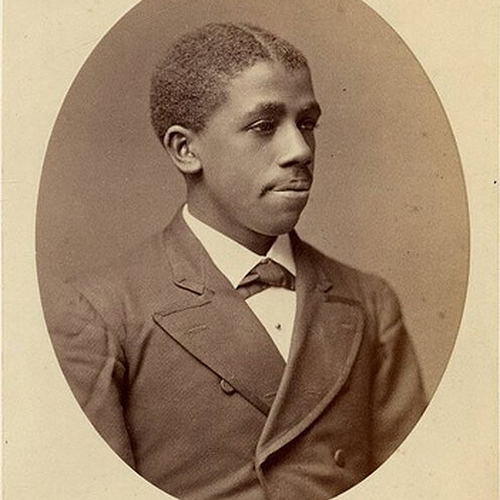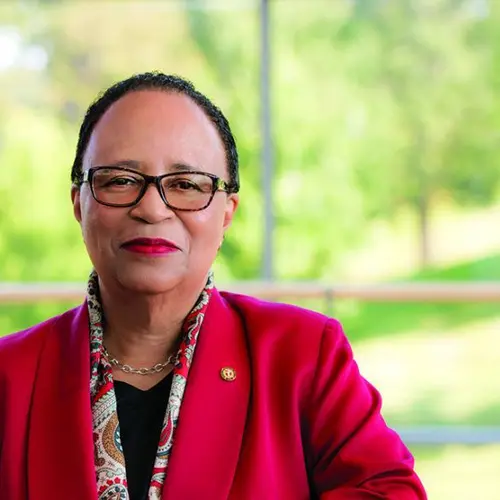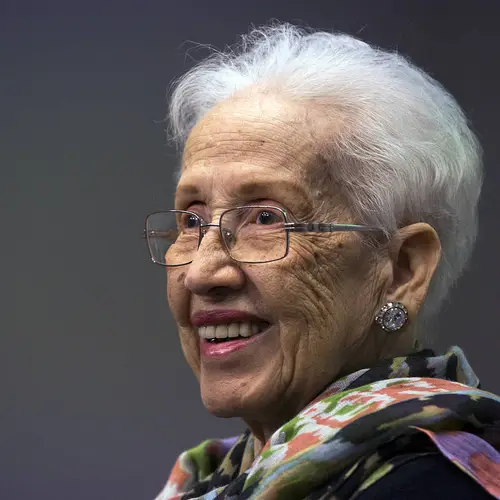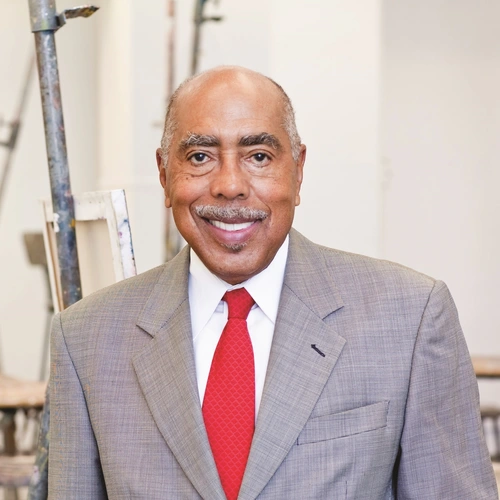Carnegie Commemorates Black History Month

Black History Month reminds us of the generations of boundary-pushing individuals whose frequently challenged efforts made life better for all who reach for the American dream. In this spirit, we recognize a selection of Black innovators who, in the face of oppression and discrimination, were able to make significant achievements in the STEM disciplines

Alice Augusta Ball
July 24, 1892 – December 31, 1916
Ball was the first woman to receive a master’s degree from the College of Hawaii (now the University of Hawaii) in 1915. She was also the first Black and first female researcher and instructor in the college’s chemistry department. Although she developed a treatment to relieve the symptoms of leprosy, Ball was unable to publish her findings before her untimely death at the age of 24. A colleague took credit for her work until Ball’s original research was discovered in the UH archives in the 1970s. In 2000, the university dedicated a plaque in her honor and Hawaii declared February 29 a state holiday to commemorate Ball’s contributions.
(Image: Courtesy University of Hawaiʻi at Mānoa Hamilton Library)

Edward Bouchet
September 15, 1852 – October 28, 1918
Bouchet made history by becoming the first Black person—and the sixth person overall—to receive a Ph.D. in physics from an American university. After completing his thesis on geometrical optics, he graduated sixth in a class of 124 students. Even with these impressive accomplishments, not many career options were open to Bouchet. In the fall of 1876, he accepted a position as the head of the Institute for Colored Youth’s new science program. Over a 26-year career, he taught physics, chemistry, astronomy, physical geography, and physiology. An advocate for improving science education, Bouchet requested the school’s board of managers to provide laboratory space for students to perform individual experiments.
(Image: Yale University Manuscripts & Archives Digital Images Database)

Shirley Ann Jackson
August 5, 1946 – Present
Jackson was among the first Black students to attend MIT, and in her undergraduate class she was one of only two women. In 1973, after completing her thesis at the interface of particle and nuclear physics, Jackson became the first woman to receive a Ph.D. in physics in the university’s history and the first Black tenured full professor in the physics department. In 1998, Jackson was inducted into the National Women’s Hall of Fame; the following year, she became the 18th president of Rensselaer Polytechnic Institute. Jackson remains an advocate for women and minorities in the sciences and, since 2001, has brought needed attention to the "Quiet Crisis" of America’s predicted inability to innovate in the face of a looming scientific workforce shortage.
(Image: Rensselaer Polytechnic institute)

Katherine Johnson
August 26, 1918 –February 24, 2020
Johnson was among the first class of Black graduate students accepted to West Virginia State College (now West Virginia State University) and became the first Black woman to graduate from the school with the highest honors. In 1953, she was hired by NASA at what is now known as the Langley Research Center. Over the course of her incredible NASA career, Johnson calculated launch windows, emergency return paths, and trajectories for the Apollo Moon landing and other early space flights. She was awarded the Presidential Medal of Freedom in 2015 and the Congressional Gold Medal in 2019. She retired in 1986 and was one of the biographical subjects of the 2016 book and film Hidden Figures.
(Image: NASA)

Walter Eugene Massey
April 5, 1938 – Present
Massey is an educator, physicist, and executive. He is president emeritus of the School of the Art Institute of Chicago and of Morehouse College, as well as chairman of the board overseeing construction of the Giant Magellan Telescope and trustee chair of the City Colleges of Chicago. During his career, Massey has served as head of the National Science Foundation, director of Argonne National Laboratory, and chairman of Bank of America. He has also served in professorial and administrative posts at the University of California, University of Chicago, Brown University, and the University of Illinois.
(Image: Giant Magellan Telescope – GMTO Corporation)